What does positioning mean in marketing?
A positioning strategy is a set of actions and processes that are designed to improve the image and visibility of a brand, company, or product.
Product marketers should plan for how people in the market will think about their product, as truly the only product positioning that counts is what your customers think as the product has a life of its own. If a customer isn’t thinking about it, your product doesn’t occupy that position.
Successful positioning strategies not only focus on where the product is today but how the product could potentially progress to where you would ideally like it to be in the near future.
Businesses use marketing to communicate their market position to customers and influence their perception of the brand’s products or services. Marketing establishes the brand identity, influencing consumer perceptions of its position in the market relative to the alternatives available from competitors.
“Positioning is not what you do to a product. Positioning is what you do to the mind of the prospect. That is, you position the product in the mind of the prospect.”
(Ries & Trout, 2001)
How does positioning differ from other marketing activities?
Positioning is often confused with several product marketing exercises. Let's take a look at each in turn and clear up any misconceptions.
Positioning vs. messaging
Positioning outlines why your product is unique in comparison to market alternatives. Messaging describes to your target segments what you’ll do to deliver on the promises made in your positioning statement.
Positioning vs. value proposition
A value proposition is different from positioning in that it's a promise you make to your customer and describes the benefits your product or service will bring to your target audience.
Positioning vs. differentiation
Positioning refers to acquiring space in the mind of the consumer. On the other hand, differentiation is a tactic commonly used by companies to make their offering stand out and appeal to their target market more effectively.
Positioning vs. branding
Branding is when a company creates a specific image of a product via the combination of logos, taglines, slogans, and various advertising strategies.
For example, Nike has the tick, the ‘Just Do It’ slogan, and a range of inspirational advertising campaigns. Positioning, though, focuses more on the way that a product is viewed by the consumer in comparison to other brands.
What are the different types of positioning in marketing?
You can position your product in several ways. Here are the most common approaches to positioning in marketing:
- Customer needs: Knowing your target market and how you will fulfill their specific needs.
- Product price: Positioning your brand/product as competitively priced
- Product quality: Positioning your brand/product as high quality
- Product use and application: Associating your brand/product with a specific use
- Competitors: Positioning your brand as better than your competitors
What does market positioning mean?
Market positioning is a strategic exercise we use to establish the image of a brand or product in a consumer’s mind.
This is achieved through the four Ps: promotion, price, place, and product. The more detailed your positioning strategy is at defining the Ps, the more effective the strategy will be.
Looking to get started with a product positioning template? Download yours for free 👇

Why is market positioning important?
Positioning can make or break a product, do it right and you’ll have a receptive audience, confident they’ve made the right decision despite a slew of other options. Do it wrong and you’ll be lucky if your product registers with consumers at all.
Market positioning is integral to your company’s branding and how your target market perceives you.
It should embody your core values and communicate your principles to customers. Forming a successful product positioning strategy is one of the most fundamental elements of marketing because it allows your business the opportunity to differentiate itself from its competitors.
Well-executed product positioning also helps internal teams such as sales, marketing, and customer success in delivering exciting customer experiences, oftentimes leading to an upturn in customer retention and stronger advocacy programs.
How does market positioning help you connect with customers?
The objective of market positioning is to get customers to view your product and brand as the leader in your respective market.
When market positioning is well executed and completed correctly, this opens up the opportunity for you to connect with your customers. People are interested in purchasing products that resonate with them, and research has found that 86% of consumers prefer a relaxed and casual brand position over a luxurious and sophisticated one.
If consumers think your product is capable of delivering the benefits they’re looking for, and it connects with their lifestyle and aspirations, then the likelihood is they’ll buy your product ahead of others that are available.
April Dunford, Founder of Ambient Strategy, explains how to master positioning for growth.
Examples of market positioning
- A beauty brand might position itself as relaxed and casual through informal language and natural tones and textures in its imagery. Glossier provides a great example of this, in comparison to luxury brands like Dior.
- A shoe company might position its products as a status symbol.
- A fast-food chain that serves sandwiches might position itself as the healthier fast-food option.
- A car company might position itself as the safest option for a family.
What is a brand positioning strategy?
Brand positioning is the process of defining how your brand is perceived in the minds of its target audience, relative to competitors.
In other words, it's about carving out a unique space in the market by communicating the brand’s distinctive value and benefits. The goal here is to ensure that when a customer thinks of a particular need or problem, they immediately think of your brand as the best solution.
Effective brand positioning involves identifying the brand's key differentiators – qualities that set it apart from competitors – and clearly articulating these in a way that resonates with the target audience.
This could involve aspects like quality, price, innovation, customer service, or brand personality. The positioning should be consistently reflected in all brand communications, from advertising to customer interactions, ensuring a cohesive and memorable brand image.
To help you get started, we have brand positioning strategy that you can download right here.
What are the three levels of brand positioning?
There are three types of positioning strategies: comparative, differentiation, and segmentation.
Comparative positioning
Comparative positioning is when a company compares its product or service with alternatives that are available to its target demographic.
This helps to establish the brand's USPs, while highlighting their value when compared against other companies in the market.
Differentiation positioning
Differentiation positioning is when a company focuses on features that can’t be copied by a market rival. Any such feature that meets this criteria can be used to ‘differentiate’ the brand from its competitors.
This approach is useful because it allows companies to earmark a particular feature they’re able to offer, that others cannot.
Segmentation positioning
If a company is targeting more than one target audience, segmentation positioning is beneficial in that it helps address the specific needs of each group.
In practice, segmentation positioning focuses on dividing a broader market into distinct segments based on specific characteristics, needs, or behaviors, and then tailoring your brand's positioning to resonate with each segment.
This approach ensures that your brand message is highly relevant to the particular group you are targeting, making your product or service more appealing.
Why is brand positioning important?
Brand positioning plays an important role in helping you stand out from other companies offering similar products. When done well, it also ensures that your marketing messages resonate with your intended audience. By understanding your customers' needs and preferences, you can tailor your messaging to highlight the benefits that matter most to them, making your brand more relevant and appealing.
But not only that, a well-defined brand position serves as a strategic guide for product development, marketing, and customer service. It helps ensure that all aspects of your business are aligned with your brand’s identity and goals.
Brand positioning in practice: Apple
A powerful example of brand positioning that everyone can understand is Apple.
Apple’s brand positioning revolves around its status as a premium brand that combines innovation, simplicity, and design excellence. The company consistently presents its products as cutting-edge and user-friendly, appealing to both tech enthusiasts and everyday users. Apple’s sleek, minimalist design and intuitive functionality set it apart from competitors, making its products highly desirable and easy to use.
What's more, despite being a tech company, Apple has managed to successfully position itself as a lifestyle brand, symbolizing sophistication and status.
This positioning allows it to command premium prices, as customers perceive their products as high-quality and aspirational. The consistent, user-centric experience across all touchpoints, from product design to retail stores, reinforces Apple’s strong brand identity and loyalty among consumers.
What is product positioning?
Product positioning is a strategic exercise we use to find a product or service’s place in the market. Positioning defines what makes your product different from the others on the market so you can focus on messaging and effectively explain its value to potential customers.
What are the 4 main components of a product positioning statement?
A positioning statement can be split into four segments: the target, the category, the differentiator, and the payoff.
1. The target - It’s important to establish the target before you begin working on your marketing activity. The target market ought to be based on essential criteria including demographics, geography, psychographics, pains, customer needs, and so on.
2. Category - When prospective customers are evaluating a purchase, they need a frame of reference. You need to outline the category in which your brand will be competing. For example, technology, fashion, etc. Providing context for your customer will help establish brand relevance. gives the brand relevance to the customer.
3. Differentiation - When writing a positioning statement, include a solitary point of differentiation; it’s regarded that multiple benefits or features shouldn’t be included as differentiators for your product. This is because the unique features or benefits of your product/service will support the main differentiator.
Remember, don’t use a bold claim that your product is the "the global leader" as your point of differentiation. Instead, explain in detail why you’re the global leader.
Also, ensure you differentiate your product from your customer’s perspective and not a business angle. While having a healthy market share or a large turnover may appeal to you, this isn’t relevant to your customer.
4. The payoff - This part of your positioning statement ties your differentiation to the needs or goals of the target market.
Here, it’s essential to communicate to your target personas exactly how your differentiator will address their user needs.
To reinforce our earlier point, a successful positioning statement hinges on an in-depth understanding of your target market. Any understanding needs to be based on bona fide market research - never rely on internal assumptions.
Positioning vs. narrative design
Product positioning contextualizes a product’s value for customers so they can understand what it brings to the table. Narrative design is when companies create a story for a product in an attempt to engage a buyer persona.
Marcus Andrews explores the differences between the two in an article in which he suggests why narrative design will replace brand positioning.
What are some examples of product positioning?
Now we’ve covered product positioning in some detail, let’s take a look at it in action. Below are a few examples of businesses that have successfully positioned themselves into a gap in the very same market as their competitors.
Delta & JetBlue
When Delta stopped serving peanuts and reduced their legroom, JetBlue entered the market and positioned itself front and center as the airline with gourmet snacks and ample legroom.
Chipotle & Taco Bell
Although both of these brands essentially sell Mexican fast food, Chipotle entered the same market, competing with quality instead of price. One of the company’s adverts stated, “We’re not afraid to say we’re real chickens.” A tagline that positioned the brand as superior in quality to its rival, Taco Bell.
Bumble & Tinder
Bumble was positioned as a dating app that empowers women. After the founder had a negative experience with some of the men on Tinder, she designed the app so that only female users could initiate first contact. Bumble has now also expanded beyond dating and allows users to seek friendship or professional connections.
The Coca-Cola Company & Mother Energy Drinks
This is a slightly different example in that Coca-Cola was essentially fighting against its own positioning of a product in the market, but it’s a great lesson in repositioning.
In 2006 Coca-Cola launched the Mother Energy drink into the Australian market.
The launch campaign was pretty successful, however, the taste of Mother Energy Drink just wasn’t as good as the leading competitors, and repeat purchases were low.
Due to its already high brand awareness and no doubt how much they threw at marketing the brand, Coca-Cola decided to reposition the product. They completely changed the packaging, increased the size of the can, and improved the taste of the energy drink.
The relaunch of the product featured the line – “New Mother, tastes nothing like the old one.” They didn’t shy away from the fact the drink was performing poorly and even poked a bit of fun at themselves in the process.
Ultimately, they successfully repositioned an energy drink that now competes with the two leading energy drinks in the market – V and Red Bull.
How to develop a positioning strategy
Creating a positioning statement
A positioning statement is a one or two-sentence declaration that identifies your product’s unique value to customers in relation to your main competitors.
They’re used to ensure a company’s marketing efforts are in sync with the brand and value proposition and are avenues for communicating these messages to the target clientele.
Before crafting your positioning statement you need to ask:
- Who is your target customer?
- What category does your product or service belong in?
- What’s the biggest, unique benefit your product or service offers?
- Can you prove that benefit?
From there, you can create a compelling positioning statement.
What are the key components of a positioning statement?
When building out your positioning statement, there are several key components you need to consider:
- Target audience: Provide a clear identification of the specific segment of the market you are addressing. This includes demographic, psychographic, and behavioral characteristics that define your ideal customer.
- Market definition: A brief description of the category in which your brand or product competes. This helps to establish the context for your positioning and clarifies what kind of solution you offer.
- Unique Value Proposition (UVP): The core benefit or promise that sets your brand apart from competitors. This should highlight what makes your product or service different and better in a way that resonates with the target audience.
- Differentiation: Specific attributes or qualities that make your brand distinct. This could include features, benefits, or brand values that are unique to your offering and give your brand a competitive edge.
- Reason to Believe: Supporting evidence or proof points that back up your unique value proposition. This might include product features, customer testimonials, brand heritage, or any other factors that build credibility and trust.
Your positioning statement should follow this simple formula:
Positioning statement examples
To understand positioning statements in practice, let's look at some examples for three household name brands.
Apple
For creative professionals and tech enthusiasts who seek cutting-edge technology and seamless user experience, Apple is the premium electronics brand that offers innovative, beautifully designed products, because of its commitment to quality, simplicity, and ecosystem integration.
Amazon
For consumers who want to purchase a wide range of products online with quick delivery, Amazon provides a one-stop online shopping site. Amazon sets itself apart from other online retailers with its customer obsession, passion for innovation, and commitment to operational excellence.
Nike
For athletes in need of high-quality, fashionable athletic wear, Nike provides customers with top-performing sports apparel and shoes made of the highest quality materials. Its products are the most advanced in the athletic apparel industry because of Nike's commitment to innovation and investment in the latest technologies.
Lara McCaskill, Senior Manager of Product Marketing at LinkedIn, revealed how she developed positioning statements, during her time at Stitch Fix:
“Positioning is the simplest distillation of how your product is uniquely suited to address a specific customer need and how they will benefit from it. The goal is to keep it simple and concise and then bolster it with value props.
“I’ve tried in vain to stuff my key value props into a positioning statement and it’s never worked. I end up with a mouthful of marketing jargon that isn’t concise or fails to clearly convey the essence of why customers should care about the product.
“A framework that I like to use is What, Who, and Why:
What it is: Using very clear and even plain language, messaging that you’d likely never put in front of a customer.
Who it’s for: Who is the customer that will benefit from this? Be specific about them. Speak to their specific needs and motivations.
Why it matters: This is where you elaborate on what is in it for the customer, how this maps back to what your brand and product do, and how it benefits the customer.
“It’s important to get granular here, as oftentimes the initial benefit or value prop is surface level. For example, when developing value props at Stitch Fix, we knew that the service saves people time and is convenient.
“But so many products promise the allure of time savings, so we sought to think about why a customer actually cares about saving time.
“For Stitch Fix customers, this was so they can spend their time doing something else, likely more enjoyable than the problem your product is solving for. Identify what that thing is.
Value props: What are the unique attributes that your product has and what is it solving for your customer?
What core desires does your product tap into?
Emotion
Logic
Motivation
Reward
“Once you’ve developed the positioning, from the what and why it’s great to have options. There’s never a clear-cut single positioning statement and set of value props for each product. Creating options that index in various directions can help align stakeholders on the direction you want to go.
“As a product marketer, you are usually the closest person to the positioning and the work that it informs. Your stakeholders are looking to your expertise to develop this, and it’s key to enforce that positioning is not customer-facing messaging.
“I intentionally write positioning in the third person and with plain language to avoid any misinterpretation - I don’t want to see my positioning verbatim in marketing collateral.
“To help contextualize this for stakeholders, I like to include real-world examples of how each option would manifest in a marketing campaign. I’ll mock up sample email copy or paid ads to help stakeholders visualize how each of the options comes to life in your marketing strategy.”
It’s not enough to just position your brand to appeal to a certain customer, once you’ve crafted your statement, it’s time to put it to the test. Experiment with it, and ask your customers for feedback on whether or not it achieves its intended goal - and don't ever stop this feedback cycle.
How to measure the effectiveness of your positioning
Gone are the days when positioning effectiveness was measured solely through brand awareness surveys or message recall studies. Today's product marketers face increasing pressure to demonstrate positioning impact through hard business metrics — and for good reason.
As organizations recognize product marketing's strategic value, with 91% of C-suite executives now inviting PMMs to leadership meetings, the expectation has shifted. You're not just crafting clever positioning statements. You're driving measurable business outcomes.
Track positioning through the entire customer journey
Effective positioning measurement starts by mapping metrics across the full customer lifecycle:
Awareness and perception metrics:
- Share of voice in target segments
- Organic search visibility for positioning-related terms
- Social sentiment analysis around key differentiators
- Competitive win rates when your positioning is clearly articulated
Engagement and conversion metrics:
- Content engagement rates for positioning-focused assets
- Demo request rates from positioning-aligned campaigns
- Sales cycle length when positioning is consistently used
- Price premium sustainability (for value-based positioning)
Revenue and retention metrics:
- Pipeline contribution from positioning-led programs
- Average deal size by positioning theme
- Customer lifetime value by segment alignment
- Expansion revenue from well-positioned accounts
Connect positioning to pipeline and revenue
The most successful product marketers we see directly tie their positioning work to pipeline generation. This means establishing clear attribution for positioning-driven initiatives:
Track which positioning themes generate the most qualified leads. Monitor how different positioning angles perform across segments. Measure the pipeline velocity of opportunities where sales uses your core positioning versus those where they don't.
One practical approach: Tag all marketing programs and sales materials with positioning themes. This allows you to track which positioning elements drive the most pipeline and revenue. You might discover that your "enterprise-grade security" positioning drives 3x larger deals than your "ease of use" messaging, even if the latter generates more leads.
Measure organizational alignment and adoption
Your positioning is only as effective as its adoption across your organization. Key internal metrics include:
- Sales team usage rates of positioning materials
- Consistency scores from call recordings and demos
- Product roadmap alignment with positioning promises
- Customer success team's ability to deliver on positioned value
Regularly audit how different teams interpret and communicate your positioning. Misalignment here directly impacts external effectiveness.
Create continuous feedback loops
Positioning effectiveness isn't a point-in-time measurement—it requires continuous monitoring and adjustment. Establish regular feedback mechanisms:
Quarterly positioning reviews: Analyze performance metrics, competitive shifts, and market changes. Include stakeholders from sales, product, and customer success.
Win/loss positioning analysis: Specifically examine how positioning influenced deal outcomes. Did losses cite confusion about your differentiation? Did wins validate your positioning themes?
Customer advisory boards: Regularly test positioning resonance with key accounts. Their feedback provides early warning signs when positioning needs evolution.
Sales confidence scoring: Survey sales teams quarterly on their confidence in different positioning elements. Low confidence often precedes poor market performance.
Building your positioning measurement framework
Start by selecting 3-5 key metrics that ladder up to business objectives. If your company prioritizes growth, focus on pipeline and new logo metrics. If retention is key, emphasize expansion and advocacy measurements.
Create a positioning dashboard that tracks:
- Leading indicators (awareness, engagement)
- Conversion metrics (pipeline, win rates)
- Lagging indicators (revenue, retention)
- Internal adoption (usage, consistency)
Remember, the goal isn't to track everything. It's to identify the metrics that best indicate whether your positioning is driving business results. As Eric Lessard, Senior Director of Product Marketing, Salesforce, put it:
"We're being asked to influence the product roadmap, to drive pipeline programs... everything we do has contribution to pipeline metrics right now."
By establishing clear measurement frameworks and demonstrating positioning's impact on business outcomes, you transform positioning from a creative exercise into a strategic driver of growth.
What is a perceptual map and why is it useful for brands?
A perceptual product positioning map is a graphical representation of how your product compares with the competition. They’re designed to compare essential features, including price, features, etc.
Get Positioning Certified
This article was updated on June 11, 2025

Psst! Yes, you!
Why not bookmark this guide or download it in eBook format, so you'll always have all these insights at your fingertips?
As a bonus, the eBook includes an exclusive article from none other than Daniel Kuperman, positioning pro and Head of Product Marketing at Atlassian!





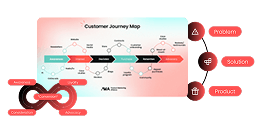
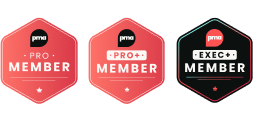


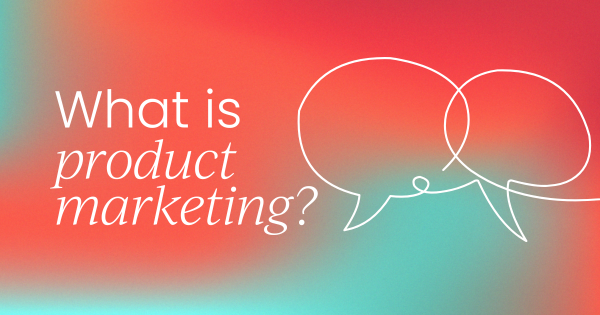
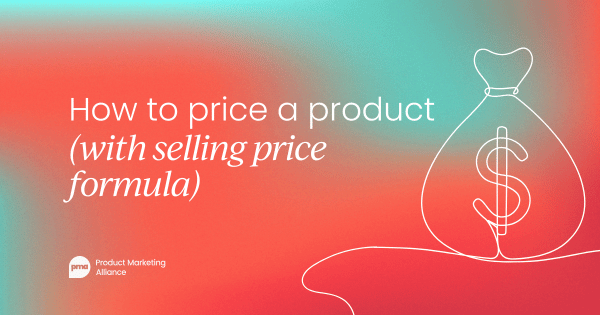
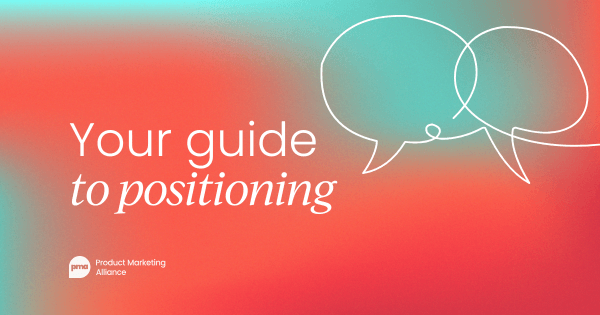
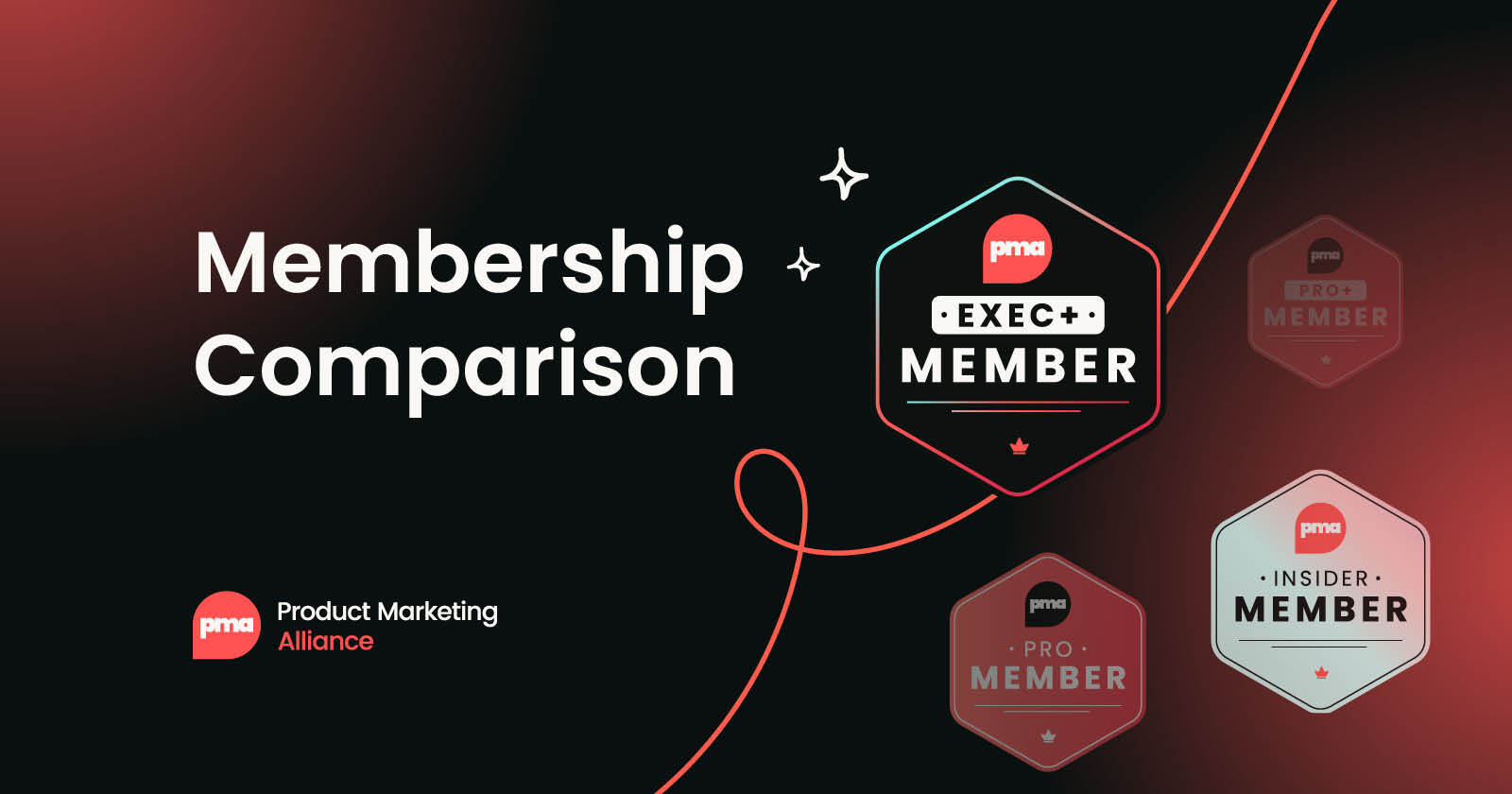
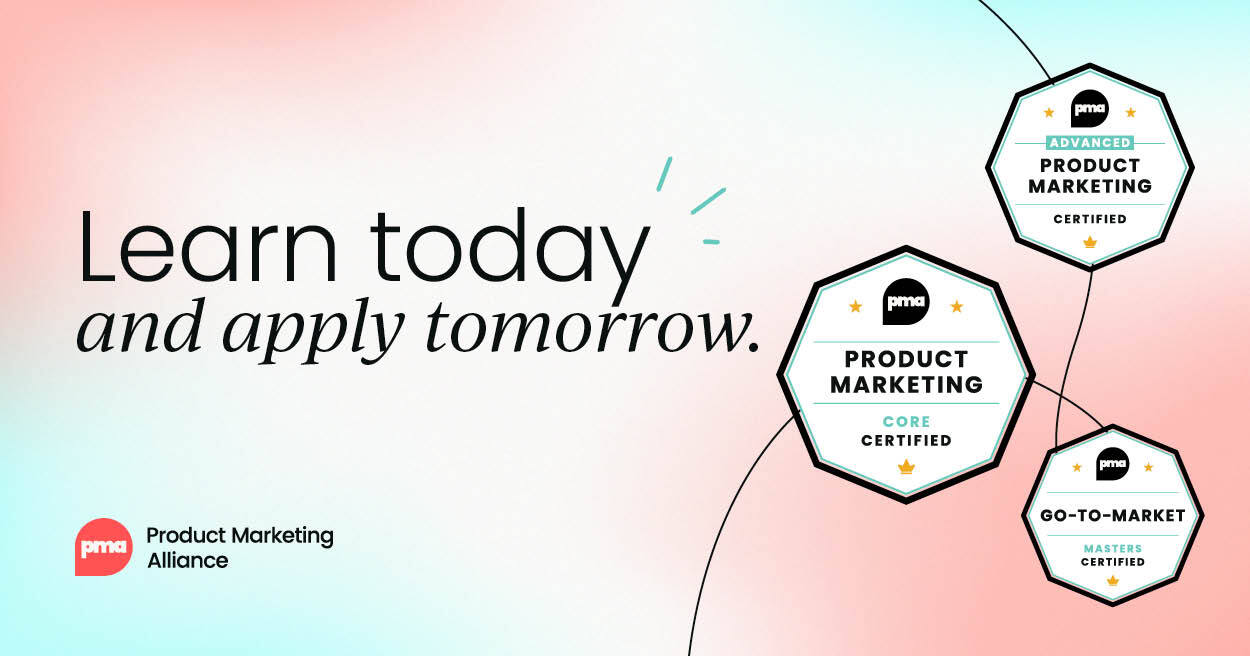



 Follow us on LinkedIn
Follow us on LinkedIn




.svg?v=1461f28f41)